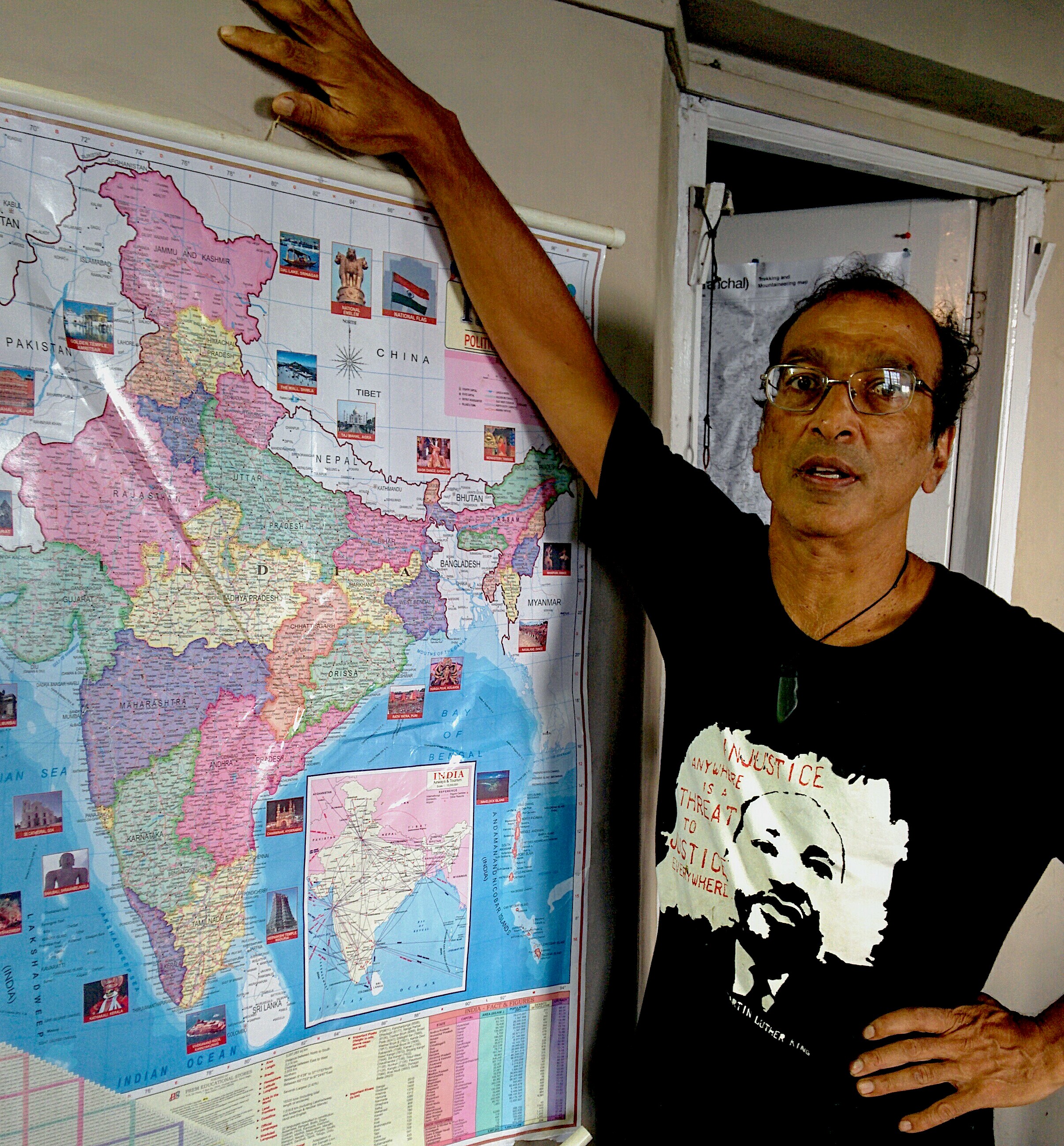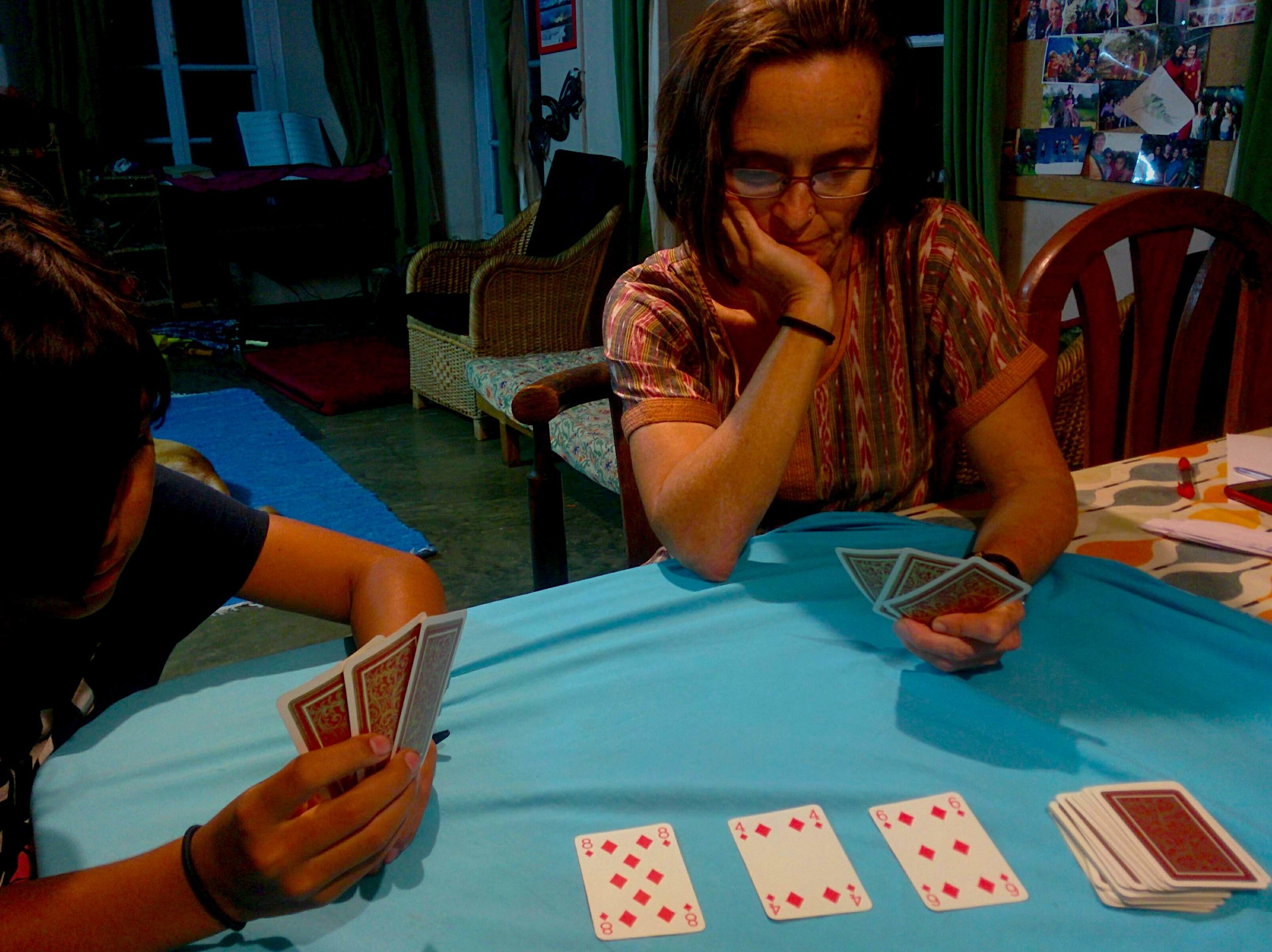Raj Patel and Jason Moore’s advice at the end of their stinging critique of modern life “A history of the World in Seven Cheap things” is to “Dream Seditiously”. Always looking for new definitions of development, that’s my key phrase. If development is seditious dreaming the role of development professionals is to sprinkle seditious dreams in development spaces, nurture them and let them flourish? Humanity’s sandmen? I like it.
The book itself is a thoroughly researched analysis (through their lens) of the current human trajectory, particularly since the start of what they calll the “Capitalocene” era, defined as starting with Colombus’ arrival in the Americas. That’s when they identify the first trickle of what became neo-liberal cascade -Anything became definable as a resource on which a price could be put, these resources- objects and people- could be translocated to where they could be most efficiently processed, then transmorphed resources could be relocated to where they are most ravenously desired… It all started in 1492 they say. * When we are gone the Capitalocene will leave behind an archeological layer of billions of chicken carcasses, pieces of IT, devastated forests and the ghostly skeletons of coral reefs. Cheapened and dispensed with, all of them.
A Cambodian village where food has not (yet ) been cheapened.
The seven cheap “things” of the title are not things. They are dimensions of life: Nature, money, work, care, food, energy and livesPatel and Moore’s analysis, thoroughly researched, shows how all have been lowered to the lowest common planetary denominator during the “Capitalocene”. They leave us to ponder what other important dimension of life have also become commodities, cheap commodities, as we’ve grown wealthy. I was immediately reminded of my recent evaluation in Cambodia (the subject of my next post) where the NGO I work with is doing great work, but now in skeleton villages. All the young women are dragged off at 4 m to work as wage slaves. They return at 8 pm with one dollar in their hand. An older woman told me "OH, this is so much better, It used to be that they would go away for months to Thailand but now they come home every day". She was telling me that globalisation, once a dark cloud on a distant horizon, has now reached its ifingers right into rural Cambodia. Patel's analysis resonated- life and work had certainly been cheapened. Underlying their argument is what wealth is, what development is if it turns life into an amalgam of cheap things, measured by diminished dimensions.
None of this is new, there are many critiques of globalization and our current human development trajectory out there. Indeed I presented one in this blog a few months ago. The arguments are similar. However for me the most important phrase is from the last chapter when Patel and Moore try to offer hope. They say we can redesign our global systems, define our values and determine how the important dimensions of our lives interact (without specifics on how we might do that). With creative systemic thinking we can remake our world they say. All those thoughts are encapsulated in that alluring phrase “dream seditiously”.
“Dream Seditiously!. As, on a smaller scale, I try to contribute to better human trajectories in the projects I work with, I’ll take those five syllables as the last line of a haiku that encapsulates what I do. I am still looking for the first two lines
Real food, no frills.
*Actually I am not convinced. Was it not present as traders crossed Central Asia centuries earlier? was it present when early people hunted prehistoric megafauna to extinction? Is it woven into the double helix of the human genome?













